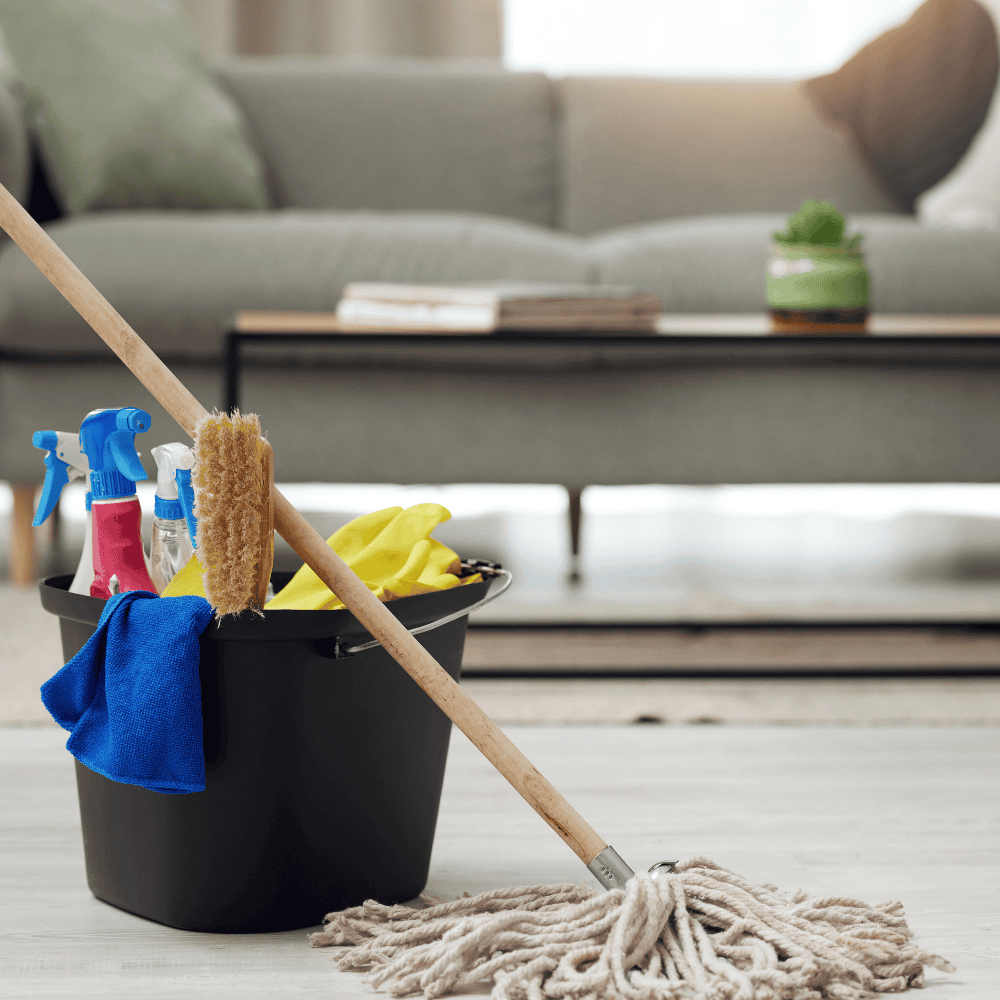Odor Elimination: How Deep Cleaning Solutions Tackle Lingering Smells
Deep cleaning targets embedded particles, eliminating stubborn odors and restoring freshness to indoor spaces.
Unpleasant odors linger long after the source disappears, settling into carpets, upholstery, and ventilation systems. Everyday cleaning methods mask smells temporarily, but professional carpet cleaning and remediation remove odors at the source. Deep cleaning targets embedded particles, eliminating stubborn odors and restoring freshness to indoor spaces.
Carpets as Filters for Odors
Carpets act as filters, trapping dirt, pet dander, and spills that contribute to unpleasant smells. Moisture and organic matter create an environment where bacteria and mold thrive, leading to persistent odors. Professional deep cleaning extracts contaminants from fibers, neutralizing odors instead of covering them up. Steam cleaning and hot water extraction effectively break down odor-causing residues, leaving carpets fresh and sanitized.
Upholstered Furniture and Odor Absorption
Upholstered furniture absorbs daily odors from pets, food, and smoke, making regular maintenance essential. Fabric fibers trap airborne particles that gradually build up, creating a stale or musty scent. Professional deep cleaning reaches deep into the upholstery, removing stubborn odors while refreshing the fabric’s texture and appearance.
Pet-Related Odors and How to Tackle Them
Pet-related odors present a unique challenge as accidents seep into carpet padding and subflooring. Urine contains ammonia and bacteria that produce long-lasting odors if not treated properly. Professional carpet cleaning uses enzyme-based treatments to break down organic matter, neutralizing pet-related smells at the molecular level.
Cooking Odors and Their Lingering Effects
Cooking odors linger in fabrics and ventilation systems, especially in homes and businesses with frequent meal preparation. Grease particles settle into surfaces, embedding food-related smells in walls, carpets, and curtains. Deep cleaning removes grease buildup and airborne contaminants, restoring indoor air quality and freshness.
Mold, Mildew, and Musty Scents
Mold and mildew contribute to persistent odors, particularly in humid environments or areas with previous water damage. Fungal growth releases musty scents that permeate soft surfaces and air ducts. Professional remediation eliminates mold spores, using advanced dehumidification and antimicrobial treatments to prevent regrowth.
HVAC Systems and the Spread of Odors
HVAC systems circulate air throughout a building, distributing odors trapped in ductwork. Dust, pet dander, and pollutants accumulate within ventilation systems, spreading unpleasant smells across rooms. Deep cleaning of air ducts removes contaminants, improving indoor air quality and reducing lingering odors.
Smoke Odors and the Need for Intensive Treatment
Smoke odors embed themselves in walls, furniture, and flooring, requiring intensive treatment for complete removal. Cigarette smoke contains tar and nicotine that cling to surfaces, making professional remediation necessary. Ozone treatments and thermal fogging break down smoke molecules, eliminating odors rather than masking them.
Commercial Properties and the Importance of Deep Cleaning
Businesses and commercial properties benefit from regular deep cleaning to keep up a fresh and inviting atmosphere. Offices, hotels, and retail spaces accumulate odors from foot traffic, food, and cleaning products. Professional odor remediation preserves indoor air quality, contributing to a healthier and more pleasant environment for employees and customers.
Long-Term Odor Elimination
Deep cleaning solutions provide long-term odor elimination by addressing the root cause of smells. Removing embedded contaminants prevents odors from returning, maintaining a fresh and hygienic space. Professional carpet cleaning and remediation create a clean, odor-free environment that enhances comfort and well-being.


